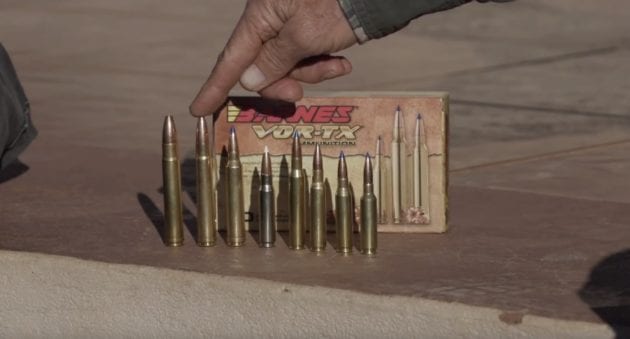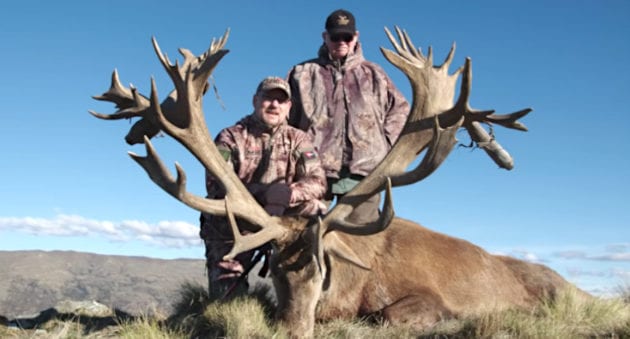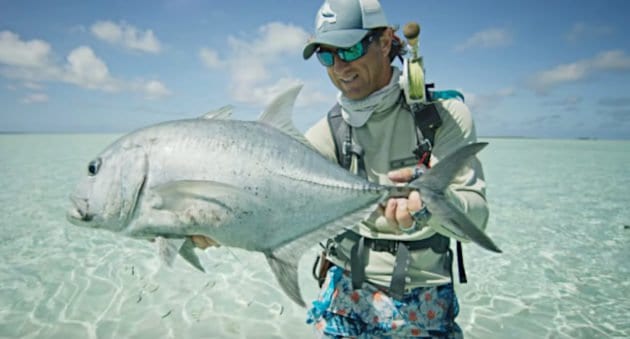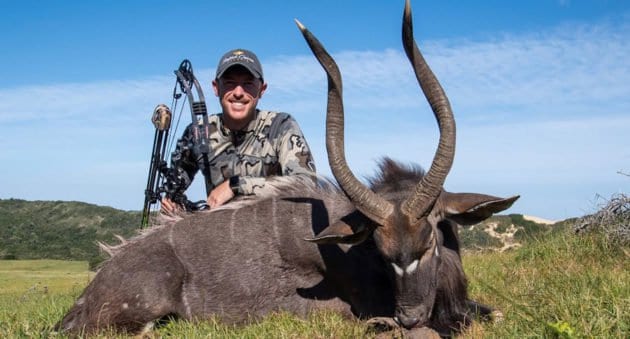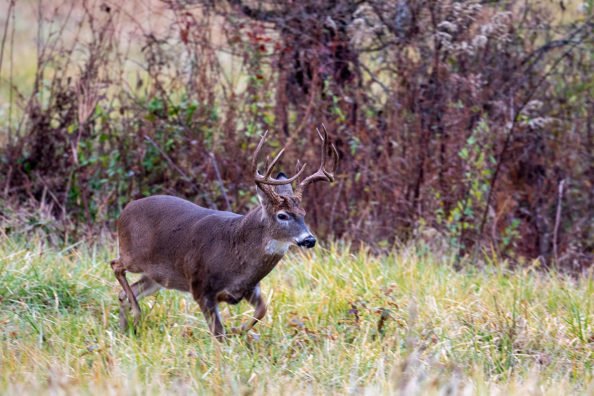
You know you made a solid shot, but you can’t find a drop of blood. Now what?
It happens to everyone at least once. Whether you’re bowhunting or rifle hunting, going after mule deer or whitetail, any deer hunter knows this is a risk they take.
For one reason or another, you will eventually find yourself trying to track a deer that doesn’t seem to be bleeding.
It won’t be easy, but you can use these tips to hopefully get your buck.
1. Go back to the site of the shot.
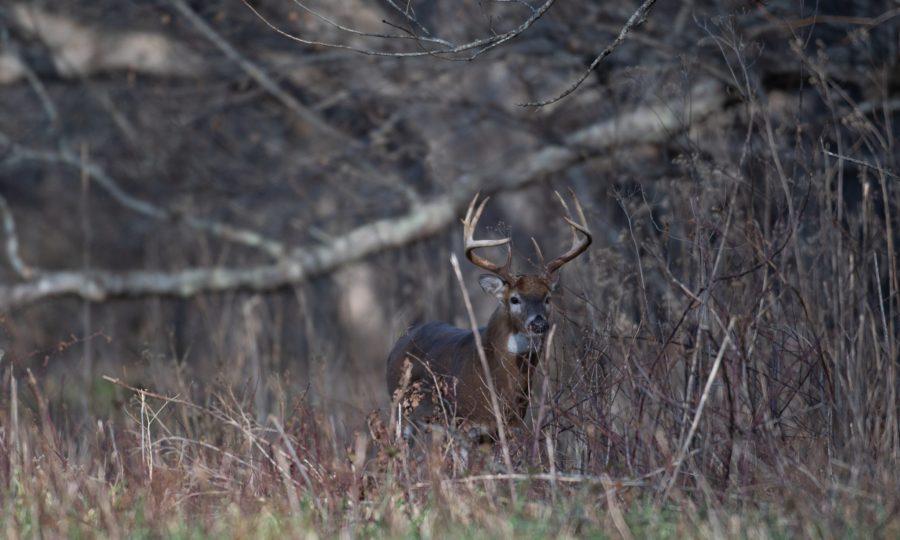
The first thing you need to do is get back to where you made your shot. Replay the moment in your mind.
Did you make a solid shot? Did you hit it too far forward or too far back? How did the deer react? Did it hunch like a gut shot, or just bolt like a solid shot?
Once you have that image in your head, look at the ground for disruption of where you hit it. It should be torn up, and there will hopefully be a clear track of your wounded deer. If you think you gut shot it, but there is not blood trail, do not wait. You want to bump a gut shot deer to get a follow-up attempt (and hopefully a finishing shot). In this case, time is venison.
2. Remember deer will move in a circle.
To clarify this statement, the deer you just shot is going to most likely try to run 40-60 yards and get downwind of whatever just stung it.
If you lose the track or can’t find it, start walking in a 40-yard circle from the last place you remember seeing it. Look for white sticking out, or brown if it’s snowing. Move slowly and keep your eyes open for the deer, tracks, or any possible blood.
3. Head to known bedding areas.
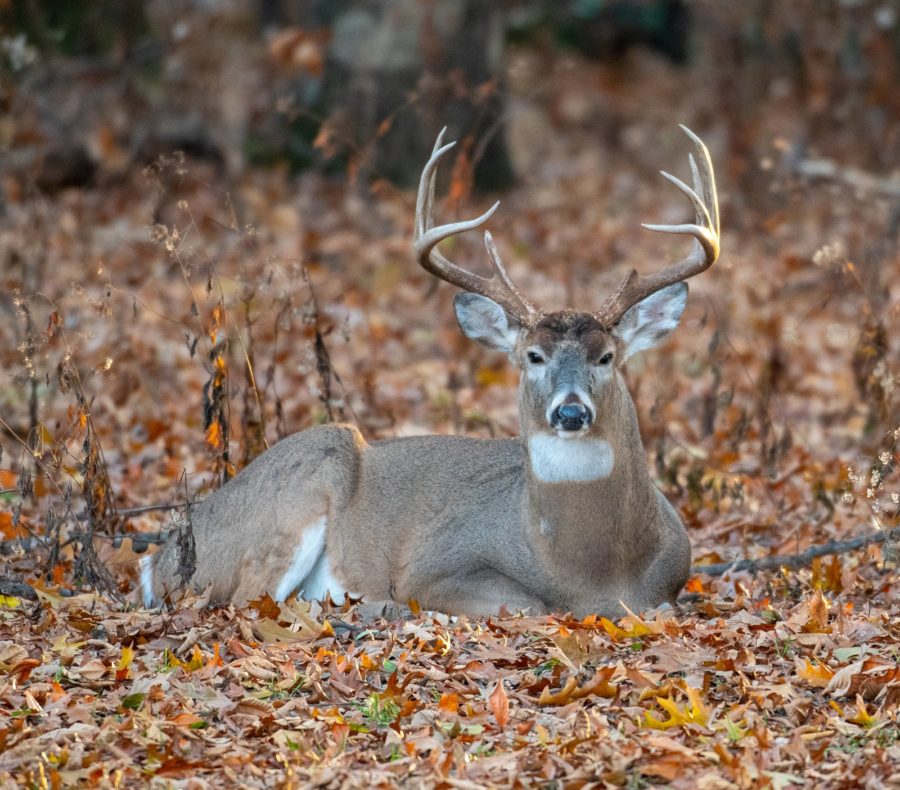
While some deer will head to water, that is not always the case. A deer hit with a bullet or broadhead will usually head to where they feel safe, which is most likely where they bedded down the night before. If you have a sanctuary area on your property, check this area as well.
4. Call the dogs and friends.
If it is legal, get tracking dogs. They aren’t a guarantee, but their sense of smell is much better than yours and might get you closer or bring you right to the deer.
If you can’t get tracking dogs, get friends to substitute as tracking dogs. Just don’t tell them that they are playing dog for you. More eyes and more experience in the woods is always a good idea.
As we all know, it’s tough to make the perfect shot on a big game animal, one that makes blood trailing completely easy. But we should always strive for such a shot, and be able to adapt if it doesn’t happen the exact way we want it to.
Deer hunting doesn’t end after the trigger is pulled or the arrow is released. It’s the deer recovery tasks that can often spoil things. Waiting to track a wounded animal until the next morning can be agonizing, and finding zero red blood sign without a clue of the animal’s direction of travel, is never a situation we want to encounter.
Here’s hoping these tips contribute to your luck if you do.
The post 4 Ways to Recover a Deer Without a Blood Trail appeared first on Wide Open Spaces.
The views expressed by the editors, authors or users of this linked article are expressly theirs, and do not necessarily reflect the policies or opinions of Dallas Safari Club, its employees, members or assigns. Any concerns about a site user’s post should be addressed appropriately to that person. Any concerns about an advertiser, a user or any content on this site should be addressed to social@dscnortheast.org.

